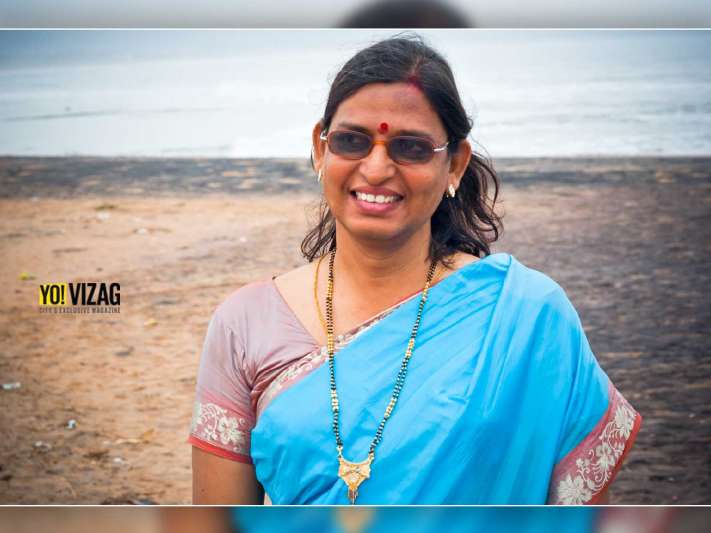One can easily imagine what it is like to feel smothered under the expectations of the world, but to be born in a form that you do not fit in, its unimaginable right? But that is what Shanti, a 64 year old transsexual LGBTQ activist and countless other transgenders like her go through.
Societal expectations
Born as a man in the 1950s, Shanti was only 8 when she realised she didn’t connect to the role she was assigned by society. Instead of being the man she was expected to be, she loved to dress up and wear her mother’s saris. But Shanti learnt early on that her behaviour wasn’t ‘acceptable’, so it was long before she would reveal her true identity to her family.
Not the third gender
Despite feeling disconnected, she had no true understanding of what she was going through, not even till she joined a local college to study Engineering. It was only then when Illustrated Weekly came out on a story about Hijras (third gender who identify themselves as neither male nor female) that she found the courage to even consider something different. She wondered if she should run away from home and join them, lending her the freedom to be at least halfway through what she wanted to be. She had only begun to remotely understand what she was when the same monthly came out with another story about transsexuals titled ‘The Story of my Sex Change’.
Nor mentally unstable
With the knowledge gained from the article, a newly empowered Shanti begun the journey of finally getting her body to match her mind.
I used to pray to God to give me the body of a woman because He must have clearly realised his mistake by now. But I’ve come to realise that prayers don’t work. Instead, when science had offered up a solution, I was only too glad to grab it.
After visiting various doctors, some of whom wrongly suggested that she join a mental institution, she was diagnosed a transsexual. It was in 1991 that she began taking hormone injections for the sex reassessment surgery.
The cost of happiness
Chaos ensued at home, because the truth could no longer be kept hidden and her father suffered a stroke he never recovered from. She tried to reason with her family but to no avail. “Despite me being resolute in wanting to go through with it; that was the part that broke me. How do I make the parents who’ve bathed me, fed me and know my body better than anyone understand that the body I was born in was wrong. I did not want happiness or comfort at the cost of losing them.” Shanti never went through the sex change and was in her 50s by the time it was even okay to discuss issues regarding LGBTQ in society.
Breaking boundaries
Despite it all, she has not let herself wallow in self-pity. After a stint in Civil Engineering, Shanti has worked for the betterment of the lives of transsexuals, been a communication coordinator – a conduit between the LGBTQ community and NGOs, counselled countless lost transsexual and LGBQ souls like hers and worked on various projects that raised awareness on HIV for the last 20 years. She has also found the courage through the years to dress up as the woman that she is. “My body might not match my soul, but I’ve still achieved the recognition I’ve always struggled for. Everyone I meet refers to me as Ma’am or Shanti now, even if my family still doesn’t. What else would I want?”










Discussion about this post